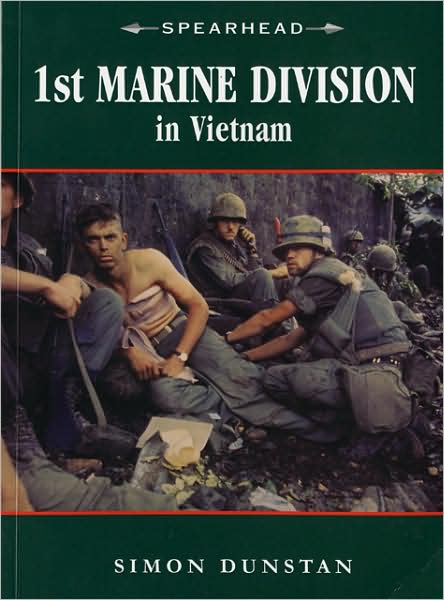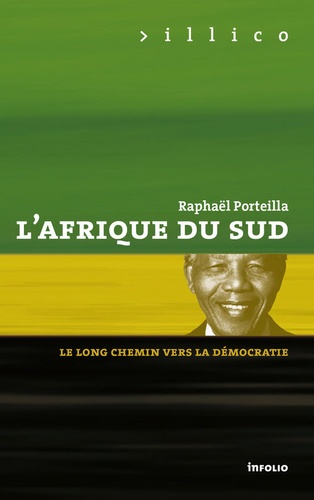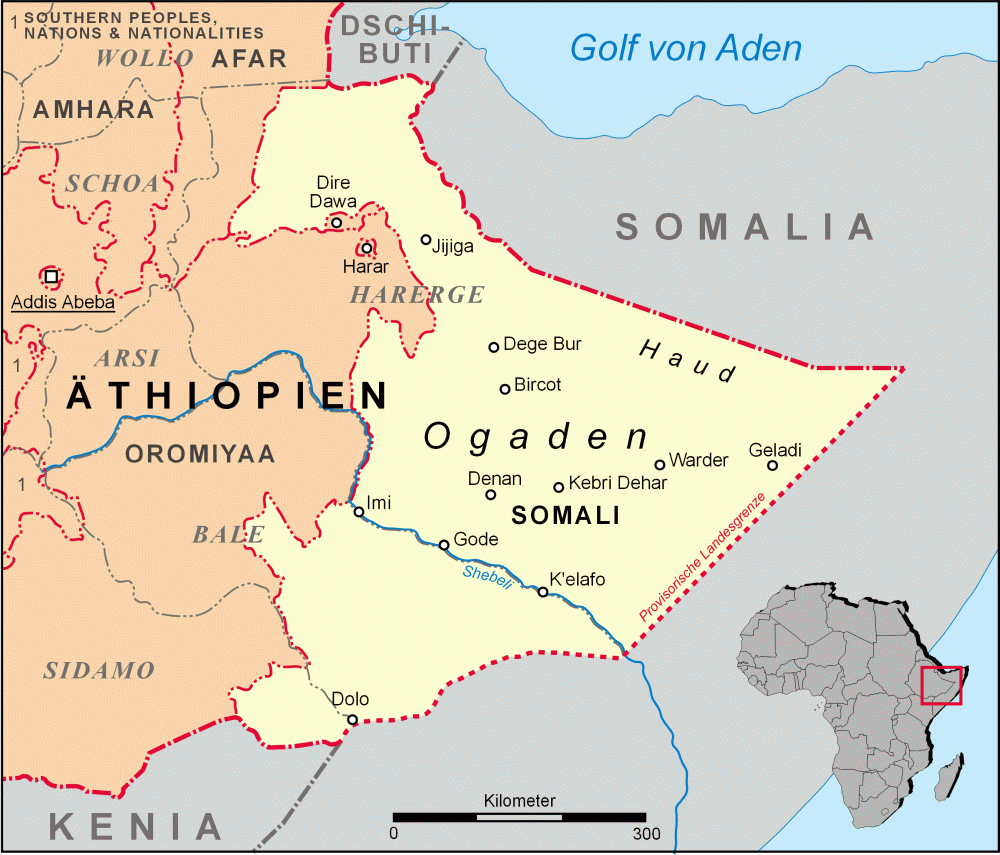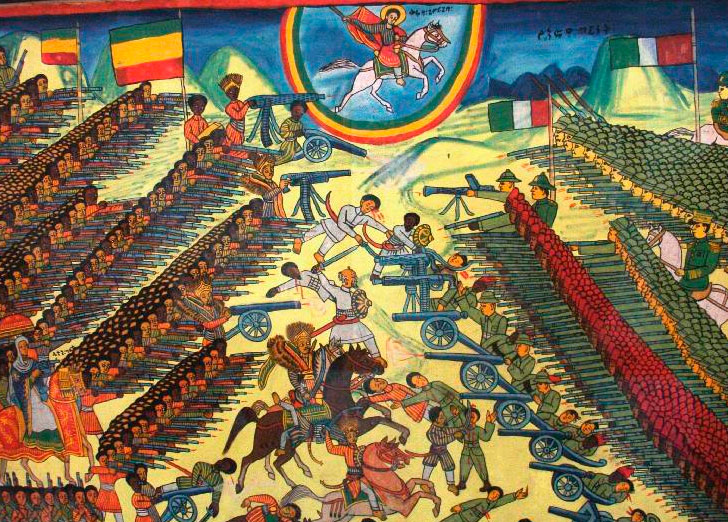
For nearly ten years as a war, which began in October 2001 after the attacks of September 11, raged in Afghanistan. A war that had long been overshadowed by the invasion of Iraq in March 2003, before returning to the front of the stage with the "return" of Taliban suspects disappeared in 2006. An enemy other than the word " Taliban" itself means badly. For France's commitment in Afghanistan was ultimately a war that did not say his name, a sort of counter-terrorist operation following the attacks of 11 September. It took the ambush Uzbin in August 2008 and its ten dead for a real debate in society emerges, also marked by controversy from one side to another, such as those supporting the commitment of those who denounce. Afghanistan, therefore, a hot topic, especially as there, in the mountains of the Hindu Kush, the war continues and is still killing, soldiers and civilians. The two authors, Olivier Hubac and Matthew Anquez , through this book trying to deconstruct what they call "the issue of Afghanistan " and why we should not lose this war. In particular, they exchanged Members of the Alliance geostrategic : Joseph Henrotin , which also oversees the magazine CIO, but also Stéphane Taillat blog In Truth, and also with General Vincent Desportes who had participated in one of the first Cafes Geostrategic .
The answer to the question takes the form of thematic chapters. We would have liked when even a small introduction, history identify precisely "the challenge of Afghanistan" in the way of what I have done very briefly in the previous paragraph. The first chapter is an introduction geopolitics of Afghanistan, a country that in the West, did not arrive at the front of the stage with the Soviet invasion of 1979. Somewhat forgotten with the fall of the USSR and the end of the Cold War, he again held the world's attention when the Taliban began to take over in the Afghan civil war in the late 90s. Since the attacks of September 11, 2001, he knows some celebrity ... This does not mean we know better. It is a country hostile to the level of geographical conditions, which have exacerbated the sense of independence of the inhabitants, both in a land that is landlocked, however, also a transit area. Afghanistan is at the crossroads of cultural areas Turkish, Persian and Indian. Yet virtually the entire population is Muslim, with an overwhelming majority of Hanafi Sunni, Shia and some (Hazaras). Islamic fundamentalism and the Taliban ideology that arrive very late, in the years 70-80. There are no real people or Afghan nation: four groups share the territory (Pashtuns, Tajiks, Uzbeks and Hazaras), and no national feeling has come to unite. The territory has always been dominated by issues outside: Babur went basis of Mughal India from Afghanistan ... he is a victim of the nineteenth century "Great Game " between British and Russians. The short independent kingdom, relative, does that stretches over 80 years, from 1919 to 1989. Then came the war with the Soviets, the civil war which saw the victory of the Taliban until their fall in 2001. In the end, the country has been rooted in real state, whose debut was chaotic. The ethnic groups are fighting fiercely with each other without any sense of national belonging, even though Afghanistan is coveted by foreign powers. Pakistan, Iran, India, Russia and China have indeed every reason to monitor what is happening in this country.
In this already complex is grafted also the complexity of the opponent has fought since 2001 : this is the second chapter. The United States, which played a role in the defeat of the Soviet Union during the invasion and war of 1979-1988, had not concerned Afghanistan than for hydrocarbon riches of Central Asia. They even had quietly supported the Taliban to ensure stability. Only with the reception of Ben Laden and the attacks in 1998, 2000 and 2001 that Americans have decided to intervene directly. Since the situation there has deteriorated, from 2006, one wonders more and more about the true nature of the enemy. Used the term itself reflects this lack of understanding of the adversary: the Taliban insurgent, terrorist ... The opponent is now faced in Afghanistan has nothing to do, according to the authors, the Taliban of the defeated regime in 2001. Enemy combatants are now masters of propaganda effectively using all modern means of communication (Internet primarily) and are versed in guerrilla warfare and terrorism, their operation is much more decentralized than it was when the Taliban ruled most of Afghanistan. Afghan Pashtun insurgents mingle as Pakistani fighters and foreign volunteers, often Arab, who came to fight on behalf of global jihad of Al Qaeda . The motivations of the insurgents are just as diverse as their origins: they are fighting against the occupying Western for free Afghanistan to bring down the Karzai government considered corrupt and puppet (which is largely true), and that the Pashtuns dominate Afghanistan. But some rebels are fighting for reasons of revenge (relating to requirements of the Pashtun tribal code, for example), for pure survival needs, or because they were forcibly recruited. Others, as in any conflict, sought simply to have a greater power or practice banditry taking advantage of a situation of war.
the enemy a little better identified, it is now to understand its objectives : The chapter III. The first objective of the insurgents is to regain power in Afghanistan. In the medium term, it would extend the jihad , and first in Pakistan and neighboring prey considered low. What is not in fact without causing conflicts with Pakistani Pashtuns, who make them like this second objective the goal. The method used by the insurgents is to insurgency warfare, the authors try to define: rather than " massive movement of revolt against an established political power by resorting to armed violence " they prefer "armed struggle undertaken by a minority gradually controlling the population and providing it grounds to act against established authority or other authority against it refuses .. "The insurgency war itself is divided into two parts: the guerrillas or" small war ", a word born with the uprising against Napoleon in Spain in 1808, and terrorism. These definitions once asked, what are the characteristics of this war insurgency insurgents? First is the recognition of a military inferiority against the adversary, which explains the choice of war insurgency. It ignores, in turn, no international rule into force. Its purpose is to overcome the enemy through attrition. The levers are: the insurgents are trying to regroup according to their different tendencies, to fund and equip (drug trafficking, kidnappings, forced taxation, use of local raw materials, foreign aid) to refrain, provide an area of decline (by Pakistan) to train leaders capable and dedicated to the cause, to win popular support, to conduct a war of movement while retaining the initiative of the attacks, only to return the international opinion in their favor, which is actually the ultimate goal, which put terminate the appointment of the coalition. The insurgents are real guerrillas : framed by the veterans of the struggle against the Soviets or trained by the ISI Pakistan, they also benefit from their experience of conflict (9 years of war, which is not nothing ). The weapon is used rustic with good fire discipline against targets Affordable logistical convoys, units newly arrived on the scene, police and Afghan army ... all with a mobility and a sense of the ambush particularly sought.
And opposite, that is do we? It's About the Chapter IV. Beside the operation Enduring Freedom launched under U.S. command in October 2001, we find indeed the International Security Assistance Force and Security (ISAF), first under a UN mandate, and then recovered by NATO in 2003. Two different military operations that must win the same war, and countless civilian actors involved also on site. However, a key to victory will doubtless involve an effort of coordination and organizational side of the coalition, which is currently lacking. Enduring Freedom is the operation against terrorism launched by the Americans and the collapse of the Taliban regime in 2001 through the use of special forces governing local recruits and aviation had left thinking that the situation would stabilize . Quite the contrary, we have seen, even though the United States fronts multiply by committing in Iraq. ISAF goes to NATO in 2003 to support the U.S. effort, even though his mission is rather to consolidate the Afghan government by forming including the army and the police. The mandate of that force is not without its contradictions. The upsurge in the insurgency since 2006 ISAF lead to greater participation in military operations, which are also reflected by the "collateral damage " growing on civilians, which will feed the insurgency, even as the number of suicide attacks has also exploded. Therefore: the support of the Afghan population is eroding, as well as eroding the support of Western public opinion before the losses are increasing. But a change in 2009 with the transfer of the "surge " Iraq to Afghanistan, inspired by the methods of General Petraeus, and with the appointment of General McChrystal . Barack Obama has also focused more of Policy reinforcements on Afghanistan since his election to the presidency. Other actors are also involved in the field: private military security are equally available in Iraq even longer, when we talk about it much less than in the latter ... if the Afghan army began to experience a few successes since it was started, this is not the case with the police, infested with corruption and whose mission is not well defined (the Europeans who would rather make it a force of policing, while the Americans see it as a counterinsurgency force). The Nations Assistance Mission United has encountered many difficulties and his record remains mixed. It must be said that the military took over from the beginning of many potential shares the responsibility of civilians, which is not without causing problems among the population. The intervention of UNAMA and NGOs also face problems related to ethnic conflicts and interpretation of actions (including women's rights). If a global approach is beginning to emerge in Afghanistan, we are still far from the translation field.
also remains to "win the battle of hearts and minds " (Chapter V). In the United States and also in Europe, we think a lot about it since the questioning of the model of" globalization the new order "promoted by the Americans after the end of the Cold War, and who disappeared in the Yugoslav and massacres in the streets of Mogadischio. The whole " technology" in the conduct of the war lived, just like conventional interstate wars of attrition. Now the clashes took place among the people, in contexts of civil war or guerrilla. And it is people who are at the heart of today's wars. It took Americans to the disaster Iraq after the 2003 war to realize. A man embodies this reversal: General David Petraeus , named commander in Iraq in 2007, who had worked on the Vietnam War and has mostly given up to date the writings of a character we hear today ' Today many talk Galula . French officer veteran of the insurgency-cons, he has observed in several countries, particularly in Algeria, he summarizes his observations in a book that remains topical by the principles. Reassure the public, to convince the military to support law; establish a government elected and supported by the people, who will succeed by itself insurgents. Another study by the American Thinker: Roger Trinquier another veteran of Algeria, who built the insurgency-cons on the use of violence without limit, justifying the use of torture. The Americans are much more inspired Galula to focus on non-military solutions in the study of insurgency-cons. The word cons-insurgency itself is very delicate to define, but the authors try to identify its main features. The cons-insurgency usually has the superiority military and economic ideally, it must make use of force box. Its principles of action are the consolidation of civilian and military efforts, decentralization of operations and the reversal of the population in favor of the legal government. It must also be forbidden ground and defeat means armed insurgents. Finally, it must give way eventually to the legal government, which must fulfill these tasks itself. The problem of cons-insurgency in Afghanistan is a new factor weighs in the balance: turning people who contribute to the war effort locally . It's not for nothing that American public opinion continues to advocate greater commitment of troops in Afghanistan that European opinion: the U.S. still feel indeed victims of the attacks of September 11, 2001, what motivates their action. This is not the case in Europe, despite the bombings in London and Madrid. In European companies that already deeply skeptical of themselves, we are less inclined to perceive the meaning of a struggle finally far enough. Hence the debate on the concept of resilience , ie the ability of companies to withstand the shock of serious events. The vagaries of Hervé Morin in 2008, when he These discuss the ambush Uzbin, to qualify as the Afghanistan of "war " do little French company to build resilience ... it should perhaps not thinking in relation to opposing initiatives. It is indeed to understand that we no longer seek a decisive victory, but only victory against an opponent.
Hence the tracks out of the crisis (Chapter VI). Runway policy, mentioned since 2006, but others seem difficult to translate into reality. It also remains to undo the e narco-state what has become of Afghanistan , an issue too long neglected, but indispensable today. Negotiation with the insurgents is a problem on two points: with whom and for what. In addition, the dynamics is rather in favor of the opponent, which is not a good field to search for negotiations with an enemy that knows itself in a strong position. It should also involve the neighboring powers that play a significant role in the conflict: defusing the complex surrounding of Pakistan, facing east with India and that of Iran, who feel threatened by USA. Must be involved in a positive way that Once, India, Russia and China, who have all three of interests in the country. Finally, we must rethink the country itself and try, perhaps, lead to a federation based on an ethno-linguistic rather than a state dominated by one of four major tribes in perpetual conflict.
Ultimately, what is the issue of Afghanistan, the two authors? It first defeat of the forbidden. Losing in Afghanistan amounts to letting Al Qaeda win . A political victory above all, and a victory for the organization in world opinion, afflicting Western armies. Losing would also let the Afghans back Taliban under the yoke, which has seen what he could give practical. Finally, the fall of Afghanistan would probably lead to that of neighboring Pakistan , known importance in relation to its population and especially its access to nuclear weapons. The biggest problem, perhaps, is the credibility of NATO and Western military reform since the end of the Cold War . NATO was created to deal with the USSR and Eastern bloc: now they have disappeared since 1989-1991. The institution has been seeking to usurp the function of maintaining global security, on behalf of universal values. A failure would call into question the sustainability of the institution and the choices made for twenty years. The discredited UN-including Afghanistan, with Karzai government, NATO discredited, there remains much. Understanding the civilian crisis management, that's the challenge for NATO, even though the ESDP of Europe sees it, without being able to apply for lack of resources. Ultimately, it is therefore a test on a new concept of defense for Western nations, whose success or failure would condition likely future developments of the respective companies.
schedules can be found in many endnotes and an annotated bibliography, a little short perhaps the ambitions of the book. Too bad also that no more cards, except the two present at the beginning of the book. However, this synthesis is presented as one of the best on "Afghan the issue." It could perhaps discuss some points, but the work has the merit of presenting the war in Afghanistan in many ways, some of which are not always mentioned by the media as they should.













